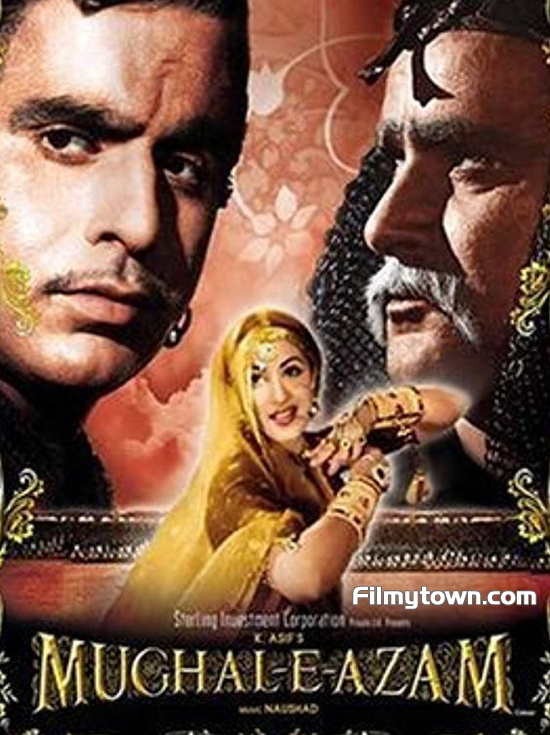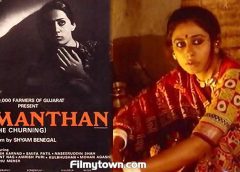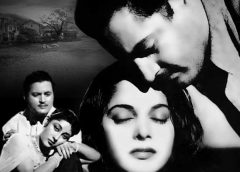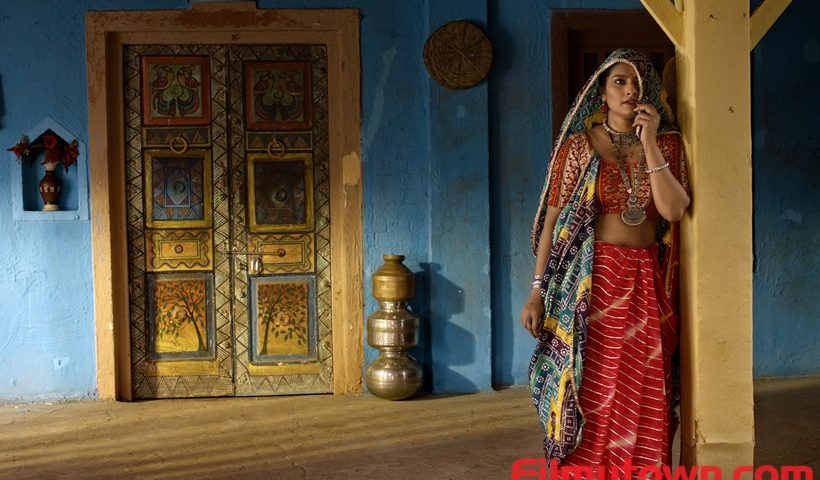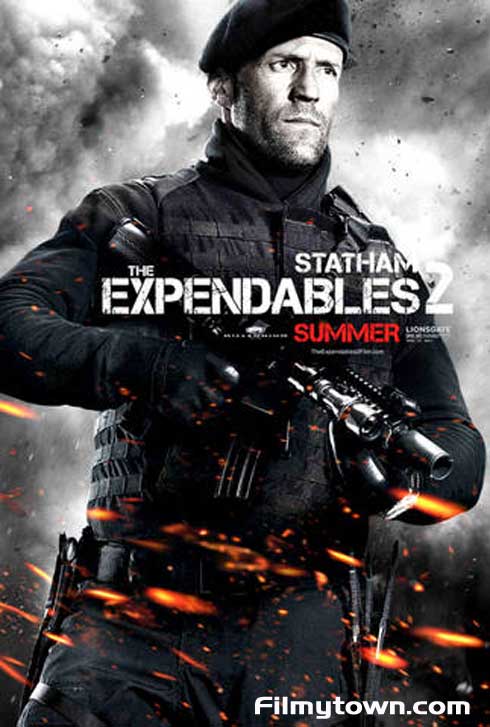When cinema falls in love with history a Magnum Opus like Mughal-e-Azam is produced. Though a tale from an unverified chapter of history, it is known for its opulence and huge sets and big budget. It was truly K. Asif’s work of passion that bought it from the brink of shelving as it took a long time to make. It was started in late ‘40s with a totally different star cast and did not work out as partition took place at the time and many people linked with the film either migrated to Pakistan or died in the process.
Mughale-e-Azam was finally green lighted by the famous businessman Shaporji Pallonji, with no cost was spared to bring the story to life on the celluloid. Made with an unheard of budget of Rupees 1.5 Crore at that time, it went on to become a superhit garnering more than seven times over. Though most of the film was shot in Black and white at the time of its release on 5th August 1960. Mughal-e-Azam was the first Bollywood film to be restored and graphically coloured and that version was released in 2004 which did well too.
It is said it was due to Madhubala the heroine who was known for her beauty but died very young and those who had only heard about her may have wanted to see her in colour for the length of the movie. There are many stories behind the making of this work of art. Artisans from all over the country were entrusted to recreate the grandeur and finesse of the period. A special care was taken to recreate the rich costumes and the right armory as it dealt with the history of Akbar the Great.
Madhubala (skin lesions due to real chains) and the other stars like Dilip Kumar (suffered heat stroke due to the armor) and Prithviraj Kapoor (blister in the soles due to walking bare foot in the hot sand) also had to bear the brunt of the realism that was sought to be created. It is needed to be mentioned here the highlight of the film the ‘Pyar Kiya toh Darna Kya’ song, one of the few portions to be shot in colour, for which a humungous set repleat with small mirrors was erected in a studio and took 2 years to be erected, and the cost of this shooting this song cost almost Rupees 15 lakhs which itself could easily be a budget of a well-made film with A list stars in those times, actual truck headlights were used for lighting and the shooting under such glare was a task in itself.
The story of Mughal-e-Azam itself is like any love story which would be relevant till the late eighties in our country where the father the great Akbar (Prithviraj Kapoor) disapproves of his son Salim’s (Dilip Kumar), aka Jehangir, love for a courtesan Anarkali (Madhubala) Salim, who is willing to give up the throne of India to be with his lady love, only to be pulled by his father to remind him of his royal duties. The father has to literally crush his son’s rebellion (in a huge battle scene) and love to bring him back to sanity. This conflict between the father of the stature of Akbar and no less a famous son is captured superbly. The women in the story are shown as the sufferers, like Akbar’s wife Jodhabai and Anarkali in this saga of romance which ultimately ends in a tragedy for the later and Salim’s love remaining unrequited. The movie was more about the visual delight, a recreation of that era from ground up than about the story itself which was anyways ably helmed by the stars of the time.
The music was provided by the maestro Naushad and twenty songs were recorded though many did not see the light of the day on screen and were left out due to the overriding running length of the movie, as thousands of feet of raw stock was shot it gave a torrid time to the editors to bring it down to the ultimate cinema version length of 197 minutes. The dialogues (chaste Urdu), the dressing, the environments, ornate jewelry etc. were all crafted with the Mughal period in mind, to show the difference in the lifestyle of the ruling classes and the commoners. The audience also received it well as it was a different kind of cinematic experience for them.
It is known that there was a predecessor of this movie with the same subject made in 1953 named Anarkali with Bina Rai and Pradeep Kumar was also a superhit on its own, the makers of that film used to book theatres to show their movies in many places where Mughal-E-Azam was released and doing good business to get rewards of piggyback riding. There was a raging romance between the lead cast in real life too in the beginning of the shooting but slowly it fizzled out, as this movie took long time in the making it is visible with the change in the screen chemistry of Kumar and Madhubala. There are two Indian classical songs sung by the great Bade Ghulam Ali Khan as the voice of Tansen, a rarity for Hindi Films. It is even said that as Indian movies were not shown in public in Pakistan, people used to specially come from then East and West Pakistan to view this film.
The release and the sale of tickets of Mughal-e-Azam at the Box Office have their own story. It was released to a near riot situation where fans stood in line for seven days to get the tickets which were not just that but the ticket was issued in a folder containing photographs and tit-bits about the movie. This movie is a must see for those who love art and like to see elegance in cinema.
- Revisited by PAWAN GUPTA


